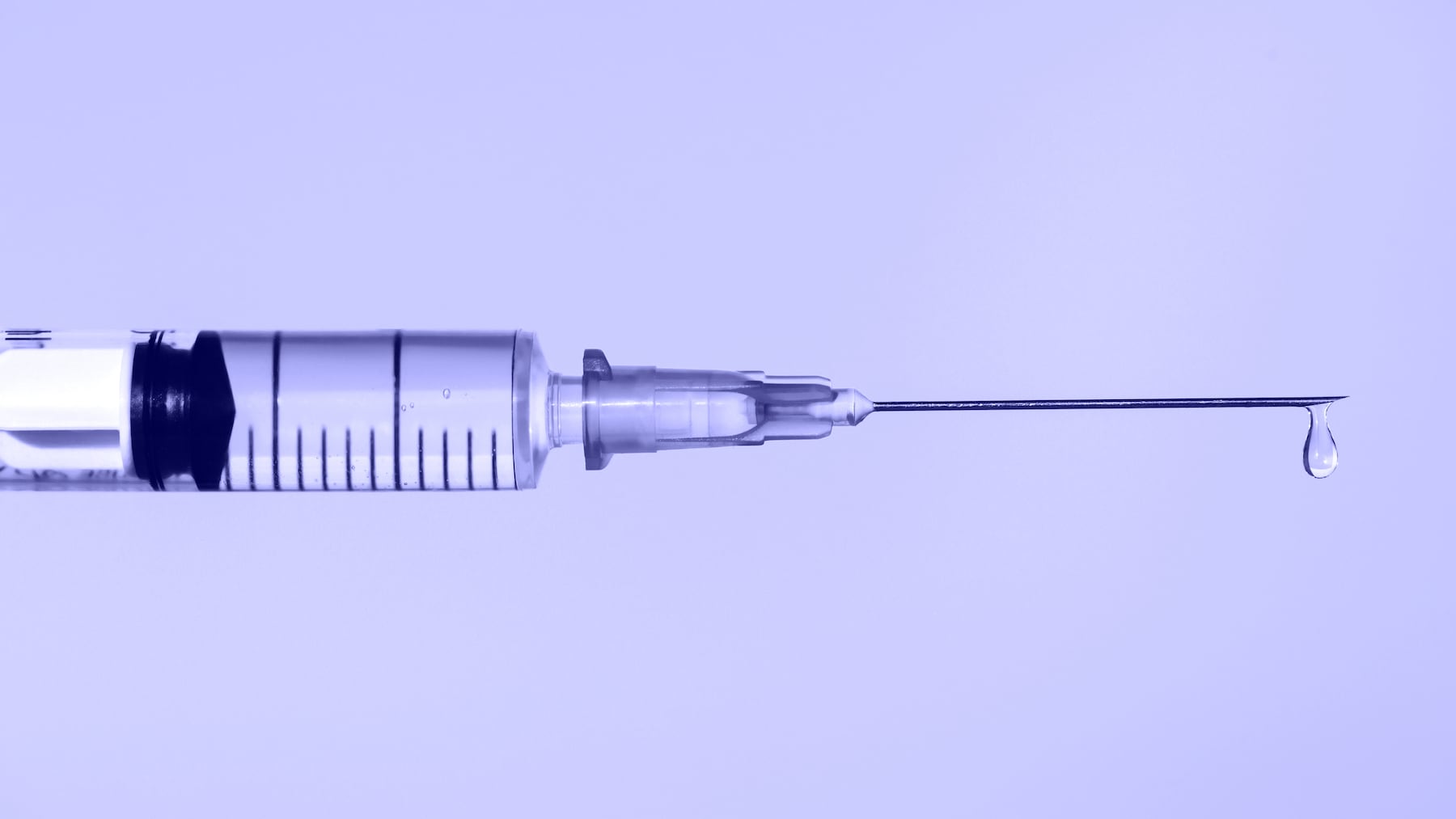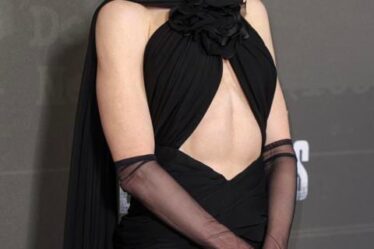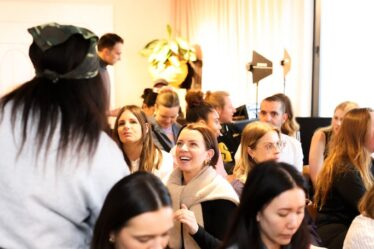
The normalisation of Botox has brought the injectable into several new settings: Instagram-friendly beauty bars, department stores like Saks Fifth Avenue, and even an add-on to bachelorette parties.
But that hasn’t come without consequences. In March, the Tennessee Department of Health received reports of four cases of botulism poisoning, with two patients landing in the ICU. This was the first time reports had come in from patients who had recently had cosmetic facial injections, according to the department’s medical director Christine Thomas, who added that the calls came “within two days.” The department alerted the US Centers for Disease Control and Food and Drug Administration, which launched a multi-state investigation that found that the patients had actually had counterfeit Botox injected into their faces at someone’s house. By July, there were cases in nine states, with a total of 17 people reporting botulism poisoning from the counterfeit products. At least one ended up on a ventilator.
As cosmetic injectables skyrocket in popularity, people are increasingly treating them more like manicures than medical procedures. On TikTok, countless influencers and new medspa businesses highlight the speed and convenience of these services, helping to de-medicalise them in customers’ minds. But the rise of unlicensed practitioners at discounted facilities or in-home “Botox parties” is worrying authorities, who have sounded the alarm this year on procedures generally thought to be safe, including not only neuromodulators like Botox, but other services such as microneedling.
“People want it. They think that it’s really benign, ‘It’s just Botox. It’s just a little bit of filler. What could go wrong?’ Well, ignorance is bliss,” said Dr. Sachin M. Shridharani, a New York-based plastic surgeon who serves as the director of aesthetics education for upscale medspa chain SkinSpirit. He said he has encountered serious cases of patients coming for help with botched procedures they’d had from sketchy sources. One woman needed to have part of her lip removed after the tissue died from receiving lip filler from an unqualified injector, while another experienced necrotising of their nose skin from filler.
“What we’re finding an explosion of is poorly executed procedures by untrained clinicians or non clinicians,” he added. “At the end of day, there are serious adverse events and ramifications to these procedures, but people either don’t know them, think that they’re so limited, or find them to just be less likely to occur, and they want it so badly that they’ll just do it and hope that it’s okay.”
While the dangers of botched plastic surgery have been in the public consciousness for decades, the risk that comes with receiving injectables from unqualified sources is only starting to gain more attention. Multiple cosmetic procedure-related investigations published by the CDC and FDA point to higher scrutiny by regulators in a field that has long blurred the line between beauty salon and medical office.
Running an Errand
Access to injectables has risen with demand. Once relegated to a doctor’s office, now, countless medspa startups like Ever/Body, Ject and Peachy now offer Botox, filler and other procedures such as mircroneedling in an aesthetically pleasing space with digital-savvy booking. Both celebrities and influencers have become more vocal than ever about the injections they’re getting in a new wave of transparency. Plus, lucrative sponsorship deals incentivise influencers to share more information.
The American Society of Plastic Surgeons reports that minimally invasive procedures, which includes Botox and filler, grew by 7 percent year-over-year last year with over 25 million procedures performed in 2023. Neuromodulator injections grew by 9 percent to 9.4 million.
Botox is “now so normal in American culture that patients mention it as casually as running an errand to the store or post office,” according to the organisation’s 2023 report on plastic surgery trends, which noted that minimally invasive procedures are rising because they are cheaper, faster, and safer than surgery.
But despite not carrying the risks that surgery would, the casualisation of cosmetic medical procedures runs the risk of consumers letting their guard down and treating the procedures as less serious than they are.
“It’s important to note that these are medical injections, and they have risks and inherent dangers, and when they’re performed outside of, let’s say, a doctor’s office, some of the safeguards could be missing,” said Dr. Michael Bassiri-Tehrani, a New York-based facial plastic and reconstructive surgeon. He added that when people “venture out from the doctor doing the actual injection themselves” to practitioners such as nurses and nurse practitioners, there needs to be oversight.
“The average person might not fully understand how vetted some of these practitioners are,” he said.
Calculating Risk
Recent events have prompted US authorities to start more carefully scrutinising issues stemming from unlicensed cosmetic procedures. In addition to the reports of counterfeit Botox, an April 2024 report by the CDC brought national attention to a case in which four people were diagnosed with HIV after receiving a microneedling procedure dubbed the “vampire facial” from an unlicensed medspa in New Mexico.
While recent horror stories have not appeared to dampen overall demand for cosmetic procedures, consumers are beginning to discuss the impact. While the vast majority of social media content about cosmetic procedures is positive, some viral posts have emerged showcasing purported adverse outcomes. On Instagram, a user named Nicole Mossart showed severe cystic acne that she said was caused by a microneedling procedure in a recent Reels post; it went on to receive nearly 22 million views and prompt a wide range of estheticians and dermatologists to weigh in on social media with their takes on the risks of microneedling.
Doctors and estheticians have also used social media to discuss the risks of minimally invasive cosmetic procedures. A Jul. 11 TikTok video by Beverly Hills oculoplastic surgeon Dr. Kami Parsa received over 11 million views and sparked widespread discussion after showing an MRI image of a case in which a woman’s filler expanded to more than double its intended volume. It sparked widespread discussion from other experts who weighed in on the risks of fillers such as skin lumps or blindness. Health officials and doctors hope to encourage consumers to be more wary of where they’re getting them, and face the fact that they should be paying the full price for safety.
“We know this is an expensive procedure to have done, and it can be very tempting to see deals for something less expensive,” said Thomas, who warns the public to be “very wary,” adding that “if you’re seeing something that looks like it might be too good to be true, it could be too good to be true.”
Botox manufacturer Allergan has been working with US law enforcement and regulators to combat the counterfeit issue. Following the reports, it published a guide online with a photo of its box and detailed instructions on how to verify authenticity, including a licence number and hologram on the packaging. According to Thomas, consumers should also look online for licensing information on any provider they are considering getting an injection from.
It’s just the beginning, but the rising chatter may mark the start of a sea change regarding attitudes around minimally invasive cosmetic procedures — but that might not be a bad thing.
“A little bit of fear surrounding these treatments is good. You want healthy fear. When patients tell me I’m nervous, I’m like, ‘Good. That’s awesome. I want you to be nervous. I want you to take this seriously,’” said Shridharani.



